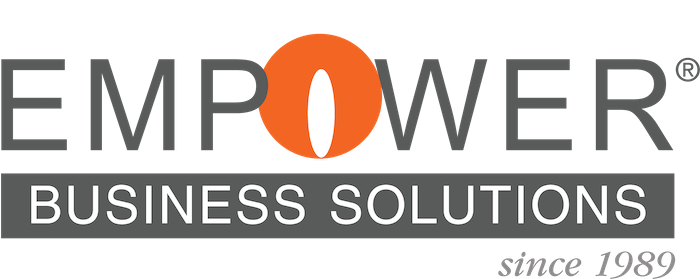In 2024, the global construction ERP market reached 3.7 billion dollars and is projected to grow nearly 8% annually through 2034. At the same time, over 80% of large manufacturers already run ERP systems, yet many leaders report that their systems are too rigid to keep up with modern demands. With numbers like these, one question keeps coming up: should you customize your ERP, or should you lean on the standard features that come with the system?
It sounds like a simple decision, but it rarely is. The real challenge lies in knowing when customization adds value and when it becomes an expensive distraction.
Why Standard Features Often Work Best
Most ERP providers have invested years in building features that reflect widely used business practices. Finance, procurement, inventory, and reporting are usually robust enough to handle day-to-day operations without modification. Sticking with these standard tools brings benefits:
- Lower implementation costs – less design, less testing, less risk.
- Easier upgrades – since the system remains closer to its core configuration.
- Faster adoption – because users work with features that are familiar and consistent.
Every customization increases complexity. Upgrades take longer, vendor support becomes trickier, and IT teams carry a heavier burden. Over time, excessive customization can create technical debt that locks the company into outdated processes.
Sometimes what feels like a “must-have” customization is really just a preference or an old habit. Adapting to standard features can simplify operations and bring the team into alignment.
When Customization Adds Real Value
There are times, however, when customization is the right call. The key is whether the change supports efficiency, compliance, or customer value.
Construction firms often need custom solutions to handle regional tax codes, union labor rules, project-based billing, and regulatory compliance. Off-the-shelf systems may not account for these complexities. Customization ensures the ERP reflects the way projects actually operate.
Manufacturers face similar demands. As the industry shifts from efficiency-driven models to agile, responsive ones, production lines must be reconfigured quickly. Schedules and routing change on demand. Customers expect visibility into orders. Customizing modules for scheduling, quality control, or product configuration can create a measurable advantage.
Customization also makes sense when it ties directly to customer experience. If your ERP cannot deliver the reporting, ordering, or transparency your clients expect, it may be worth tailoring features to meet those expectations.
The Flexibility Factor
The conversation around customization has shifted. Ten years ago, customization often meant expensive code that made upgrades painful. Today’s leading ERPs are designed for flexibility.
Cloud-based platforms, open APIs, and low-code tools allow businesses to adjust without destabilizing the system. Instead of rewriting the software, leaders can adapt workflows, build integrations, and extend functionality with less risk.
The data supports this trend. The construction ERP market is expanding because firms demand systems that scale and adapt. Manufacturing is moving away from long production runs to multi-mode operations where flexibility is essential. Smart ERP solutions provide that flexibility without forcing deep customization.
The Risks of Over-Customization
Despite these advances, customization still carries risks. Companies can lose sight of best practices when they build too much around old processes. Employees may rely on unique workflows that isolate them from the rest of the organization. Costs rise, upgrades slow, and the system becomes harder to support.
The most successful businesses approach customization carefully. They ask whether the change creates measurable value, whether it can be supported long-term, and whether flexibility already exists in the standard platform.
Striking the Right Balance
So how do you decide?
- Start with standard features. Push your team to adapt processes where possible.
- Customize only when justified. Reserve changes for cases where efficiency, compliance, or customer experience are at stake.
- Leverage built-in flexibility. Use the adaptability of modern ERPs before turning to heavy development.
By striking this balance, businesses stay agile while protecting themselves from the hidden costs of over-customization.
At Empower Business Solutions, we help leaders make these decisions with confidence. Our goal is not to eliminate customization but to ensure it creates value without creating roadblocks. When customization and flexibility work together, ERP becomes a growth driver instead of a system you fight against.
